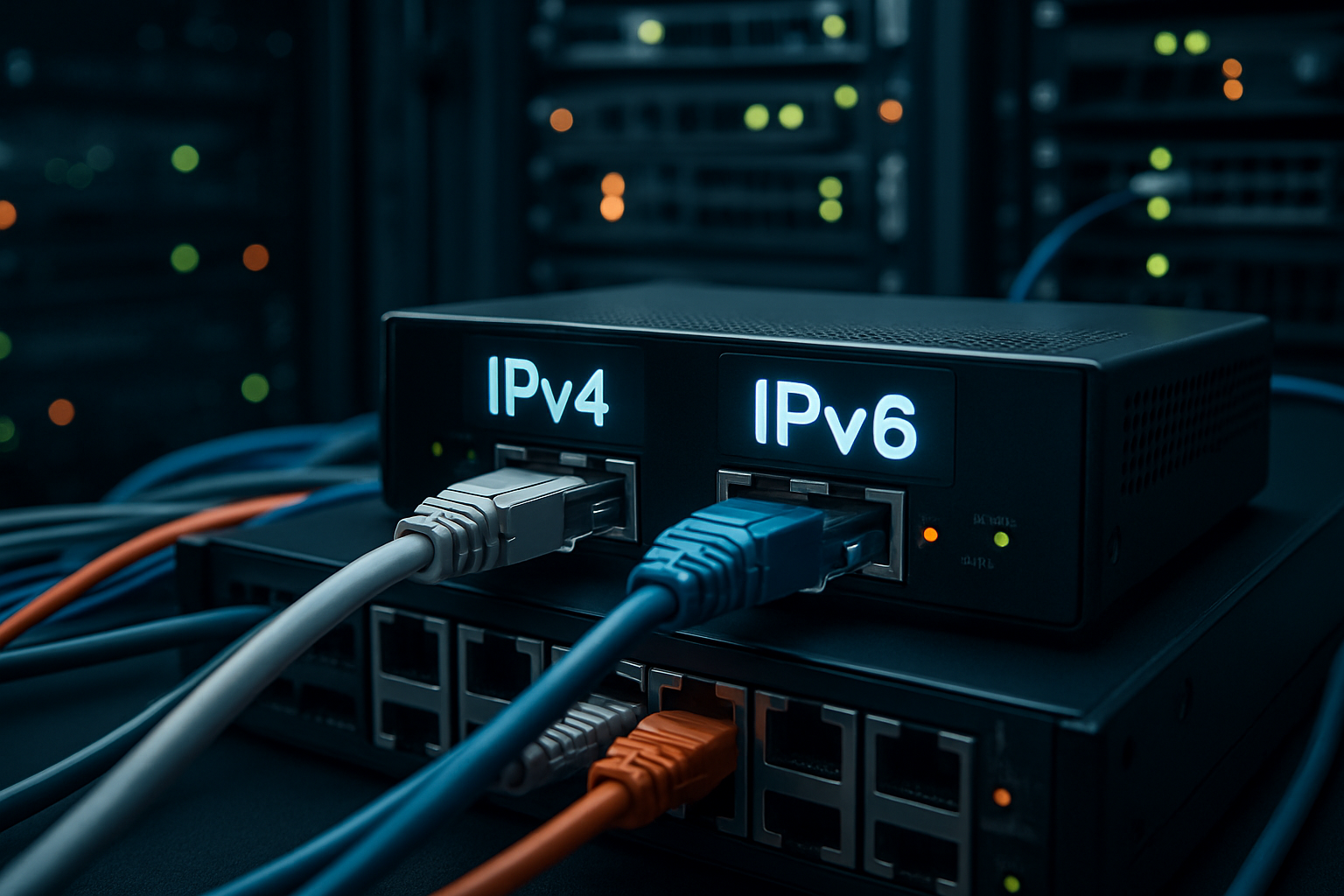Understanding the Transition to IPv6: A Network Revolution
Introduction The future of the internet is here with the transition from IPv4 to IPv6. Can you imagine running out of phone numbers? That's what happened to the internet. Let's dive into this transformative shift in internet addressing. Internet Protocol version 6 (IPv6) is the latest version of the Internet Protocol (IP), the communications protocol that provides an identification and location system for computers on networks and routes traffic across the Internet. IPv6 was developed by the Internet Engineering Task Force (IETF) to replace the older IPv4 protocol, which has nearly exhausted its supply of available addresses.

The Evolution of Internet Protocols
The first widely used version of IP, known as IPv4, was deployed in 1983 and is still in use today. However, the explosive growth of the internet, particularly with the advent of smartphones and IoT devices, has led to a critical shortage of IPv4 addresses. IPv6, with its vastly larger address space, was developed to address this issue and ensure the continued growth of the internet.
IPv6 vs. IPv4: The Technical Differences
The most significant difference between IPv4 and IPv6 lies in the number of IP addresses each protocol can generate. IPv4 uses 32-bit addresses, leading to a maximum of approximately 4.3 billion unique addresses. In contrast, IPv6 uses 128-bit addresses, resulting in a staggering 340 undecillion (or 3.4x10^38) possible addresses. This expanded address space will accommodate the increasing number of devices requiring IP addresses.
The Impact of IPv6 on the Telecom Industry
The transition to IPv6 is essential for the telecom industry. With the depletion of IPv4 addresses, telecom companies must adopt IPv6 to continue providing services to an increasing number of devices. However, this transition is not without challenges. It involves upgrading core network infrastructure, changing operational and business processes, and retraining staff. Despite these challenges, the move to IPv6 is a necessary step to ensure the telecom industry’s future growth.
Navigating the Transition: Practical Considerations
Transitioning to IPv6 requires careful planning and execution. Organizations must assess their current network infrastructure, develop a transition plan, and train their teams to manage and troubleshoot IPv6 networks. It’s not just about upgrading hardware and software; it’s about preparing for a new way of operating networks.
In conclusion, the transition to IPv6 is a significant milestone in the evolution of the internet. While it presents challenges to the telecom industry, it also offers opportunities for growth and innovation. As the world becomes increasingly connected, the shift to IPv6 ensures the internet can keep pace with our growing connectivity needs.





